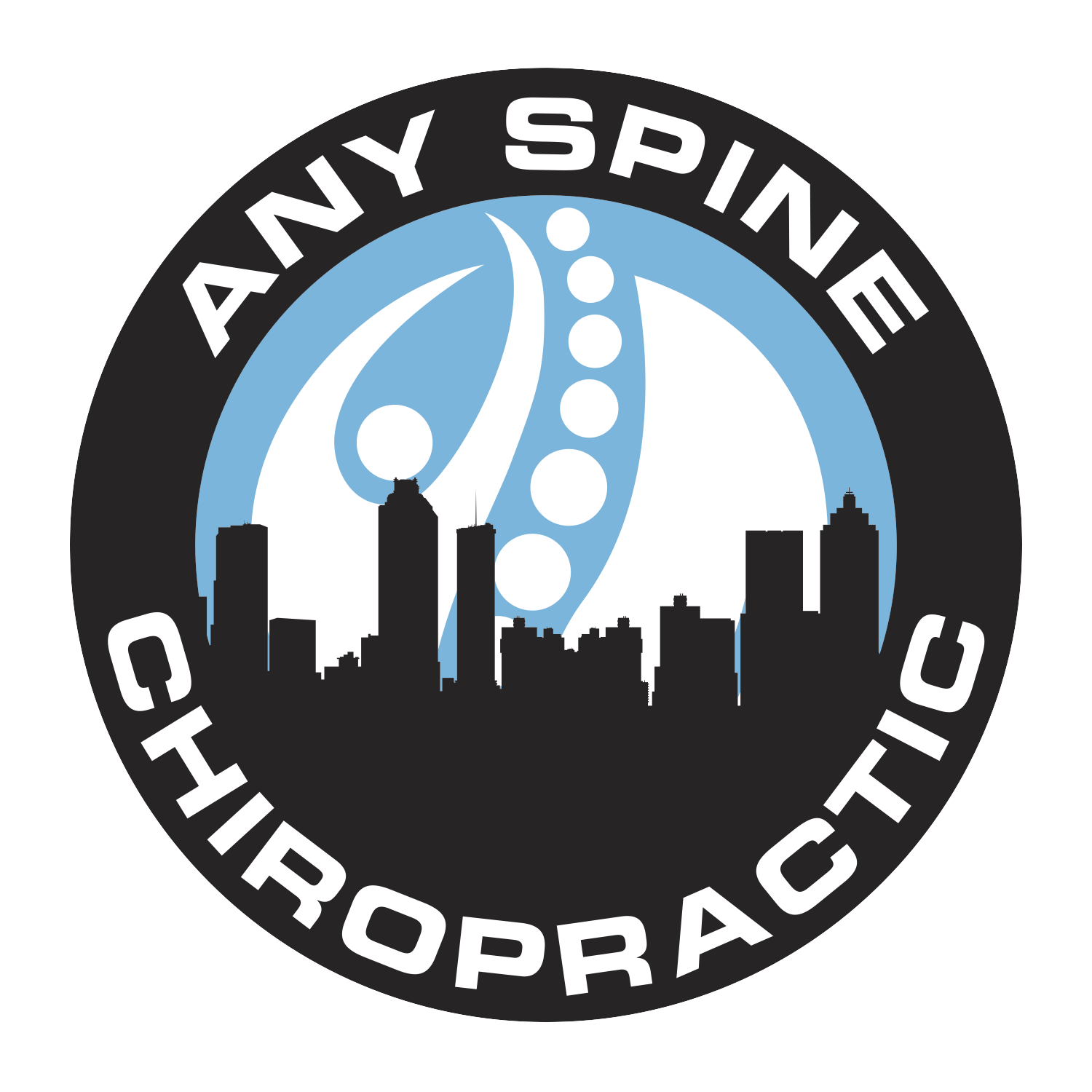Which Chiropractic Manipulation?
Which Chiropractic Manipulation?
Understanding Chiropractic Manipulation Techniques
Chiropractic manipulation is a key component of chiropractic care, focusing on restoring proper alignment and function to the spine and joints. However, there are several different manipulation techniques, each designed to address specific conditions and patient needs. As your chiropractor at Any Spine Chiropractic & Massage Studio, I use a range of manipulation techniques to provide personalized care tailored to each individual. Let’s explore some of the most common chiropractic manipulation techniques and how they might be best suited for your unique health goals.
Common Chiropractic Manipulation Techniques
Chiropractors are trained in various manipulation techniques to address different types of musculoskeletal issues. Here’s an overview of some widely used chiropractic manipulations and what they can do for you:
1. High-Velocity, Low-Amplitude (HVLA) Thrust
The High-Velocity, Low-Amplitude (HVLA) thrust technique is one of the most common forms of chiropractic manipulation. This technique involves applying a quick, controlled force to a specific joint in the spine or extremities to correct misalignments. The HVLA thrust is known for the “popping” or “cracking” sound that often accompanies the adjustment. This sound is simply the release of gas bubbles from the joint and is a normal and harmless part of the process. The HVLA thrust technique is effective for relieving joint restrictions, reducing pain, and improving overall mobility. It is commonly used for conditions like back pain, neck pain, and headaches.
2. Low-Force and Gentle Manipulations
Not all chiropractic manipulations involve high-velocity thrusts. For patients who prefer a gentler approach or have certain health conditions, low-force techniques can be highly effective. Some of these techniques include:
- Activator Method: This technique uses a handheld instrument called an Activator to deliver a quick, low-force thrust to specific points on the spine or extremities. The Activator Method is suitable for patients who need a gentle approach, such as those with osteoporosis, arthritis, or acute pain.
- Mobilization: This involves slow, controlled movements to guide the joints through their range of motion without the high-velocity force used in traditional adjustments. Mobilization is ideal for patients with conditions that may require a more cautious approach, such as inflammatory joint conditions.
3. Flexion-Distraction Technique
The Flexion-Distraction Technique is a non-thrusting, gentle manipulation often used to treat conditions involving disc problems, such as herniated discs, sciatica, and lower back pain. This technique involves using a specialized table that moves in a rhythmic motion to gently stretch and decompress the spine. By reducing pressure on the spinal discs and nerves, the Flexion-Distraction Technique can help alleviate pain and improve spinal function. It’s particularly beneficial for patients who need a gentle, non-forceful approach to spinal care.
4. Gonstead Technique
The Gonstead Technique is a highly precise chiropractic manipulation that focuses on identifying and correcting specific areas of the spine that are out of alignment. This technique involves a thorough assessment, including X-rays and physical examination, to pinpoint the exact misalignment. The adjustment is then performed with the patient in various positions, such as seated or lying on their side, to provide a targeted and effective correction. The Gonstead Technique is known for its specificity and is often used to treat conditions like sciatica, disc problems, and chronic back pain.
5. Thompson Drop Table Technique
The Thompson Drop Table Technique uses a specialized chiropractic table equipped with segments that can drop slightly during an adjustment. The chiropractor applies a quick thrust, and the table drops a fraction of an inch, assisting in the adjustment and reducing the force needed. This technique allows for a lighter force adjustment, making it comfortable for patients who may be sensitive to more forceful techniques. The Thompson Drop Table Technique is commonly used for pelvic and lower back issues, helping to realign the spine and improve joint function with minimal discomfort.
Which Chiropractic Manipulation Is Best for You?
The best chiropractic manipulation technique for you depends on several factors, including your specific condition, preferences, and overall health. During your initial consultation at Any Spine Chiropractic & Massage Studio, I will conduct a comprehensive assessment to determine the most appropriate technique for your needs. Whether you require a gentle, low-force approach or a more traditional spinal adjustment, I’ll create a personalized treatment plan that aligns with your health goals and comfort level.
The Importance of Individualized Care
Chiropractic care is not a one-size-fits-all approach. Each patient is unique, and so are their health needs. By combining different manipulation techniques and tailoring each session to address your specific concerns, I aim to provide care that not only relieves pain but also supports your overall well-being. The right chiropractic manipulation can help you achieve optimal spinal health, improve mobility, and enhance your quality of life.
Experience Personalized Chiropractic Care
If you’re wondering which chiropractic manipulation technique is best for you, I invite you to explore the benefits of personalized chiropractic care at Any Spine Chiropractic & Massage Studio. Together, we’ll find the right approach to help you achieve lasting relief and support your journey to better health.
Take the First Step Toward a Healthier You
Contact us today to schedule your appointment and discover how chiropractic manipulation can make a positive difference in your life. Let’s work together to find the best techniques to help you feel your best and live a more active, pain-free life.


